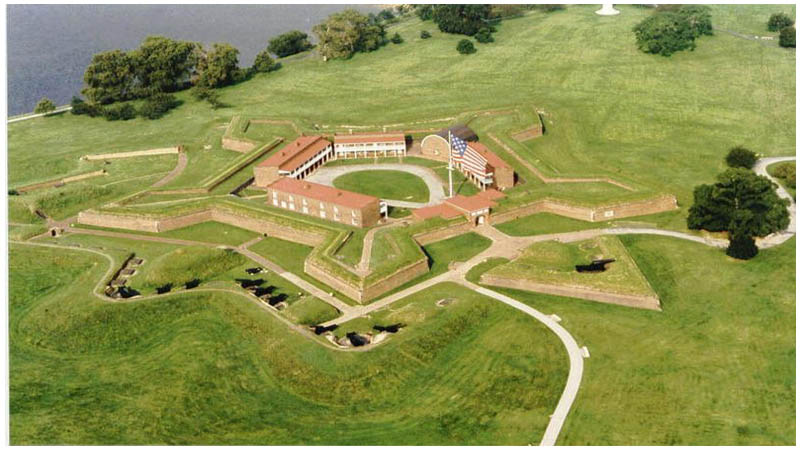Fort McHenry is known as the fort that inspired 35-year-old lawyer Francis Scott Key to write a poem on September 14, 1814 entitled Defence of Fort M’Henry. The poem would later be set to a tune, and today it is known worldwide as The Star-Spangled Banner, the national anthem of the United States of America.
Francis Scott Key witnessed firsthand the bombardment of Fort McHenry and the brutality of the British Royal Navy and its ships. It was this event that led him to write the poem. The tale of Fort McHenry begins at the end of the 18th century.
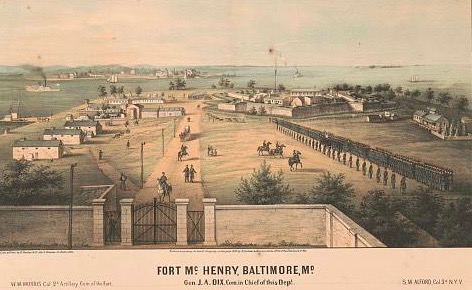
The fort was set on a site that once before belonged to Fort Whetstone, a fortification that had defended Baltimore for 21 years. The time came for Fort McHenry to be built in its place, and a man by the name of Jean Foncin was chosen to design it. He came up with the design in 1798, and construction was completed two years later.
See also: Beautiful Wardour Castle by drone
The purpose of the fort was to defend the Port of Baltimore, a port which was growing rapidly in popularity. The fort was designed as a bastioned pentagon, encircled by a dry moat.
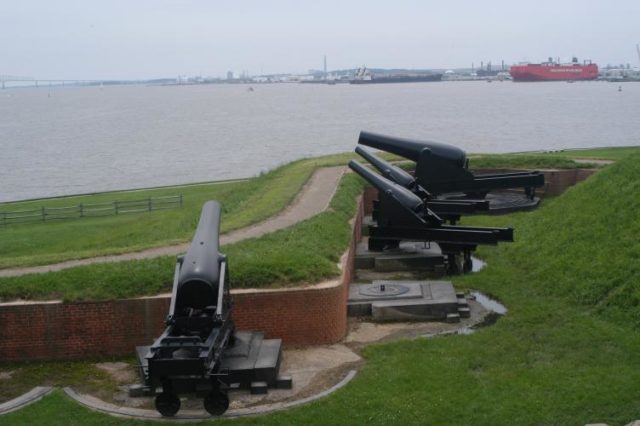
The purpose of the moat is to protect the fortification from a possible land attack by forcing enemies to take lower ground. If the enemy got close to the fort’s walls, the bastions would assist with crossfire. The fort is named after James McHenry, an Irish-American military surgeon and statesman. Among many other roles, he was also the third United States Secretary of War, under George Washington and later John Adams.
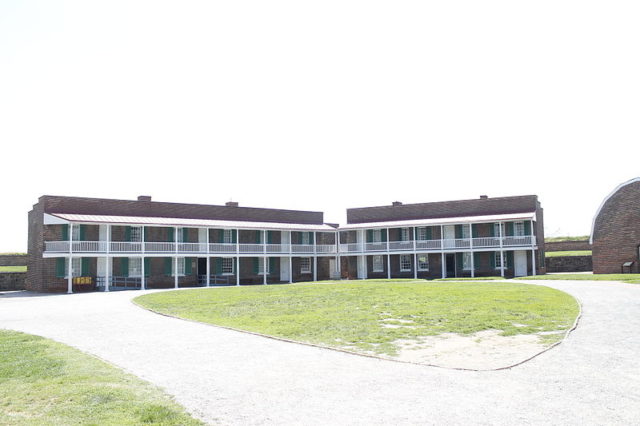
Turmoil arrived for Fort McHenry in the morning hours of September 13, 1814. A number of British ships started to bombard the fort and continued to do so for 25 hours. The British were well equipped for the attack and had ships with cannons able to fire at a distance of two miles. Despite their resources, the British never managed to take over the fort nor penetrate the harbor.
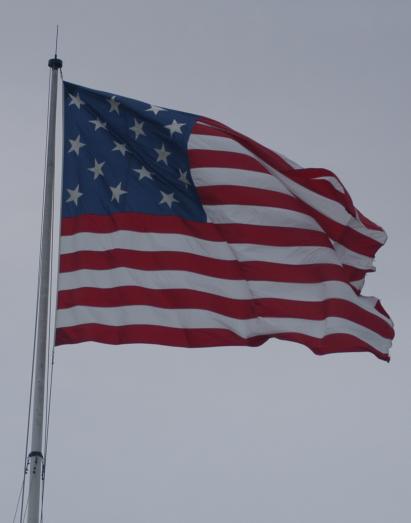
Though their weapons were able to attack from a staggering distance, the canons of the British had poor accuracy. They ran out of ammunition and the bombardment ceased.
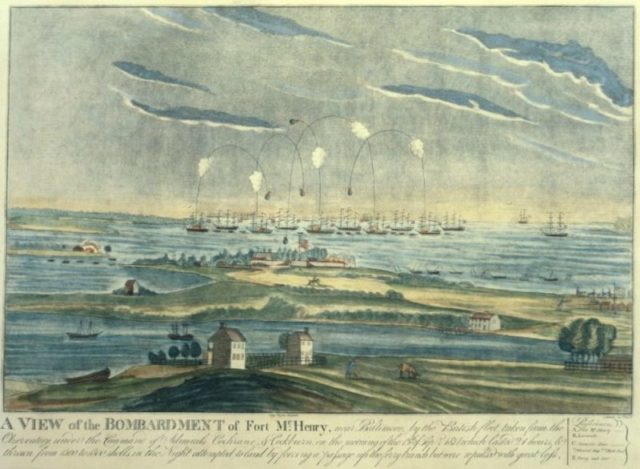
The bombardment caused the wounding of one British soldier and 24 American. Four American troops were killed, among whom was a woman who was split in half when a bomb exploded near her, and William Williams, an African-American soldier. Francis Scott Key was in Baltimore at the time and witnessed the whole event from a nearby ship. A giant American flag that flew over the fort caught Key’s eye, and it is said that this flag was the initial inspiration for his poem when it rose unscathed the following dawn.
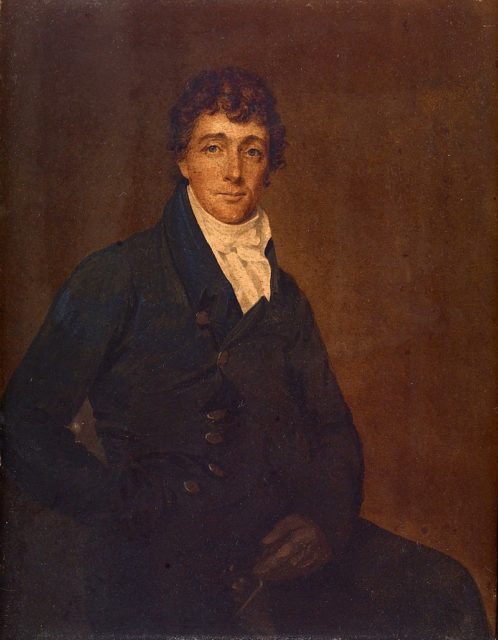
During the American Civil War, the fort was used as a military prison where a number of important Confederate soldiers and sympathizers were locked. Among the prisoners was Francis Key Howard, Francis Scott Key’s grandson.
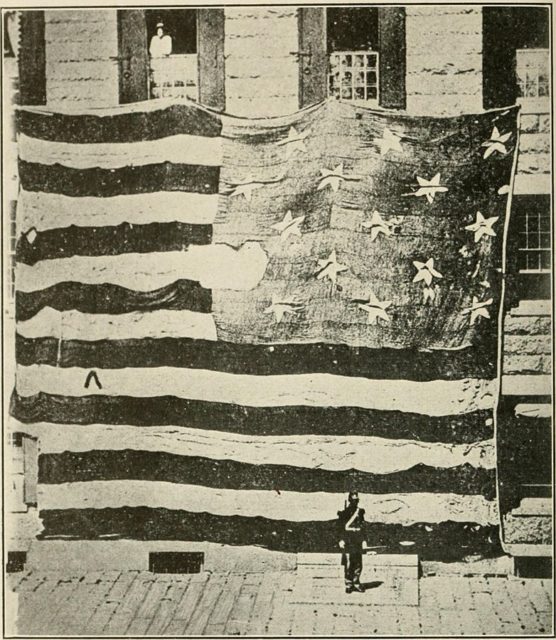
During World War I, the fort took the role of an army hospital and was used to treat a huge number of troops as they returned from the battlefields of Europe. When World War II came, the fort was converted to a base for the Coast Guard.
Today, it serves as a national park and is listed on the National Register of Historic Places. Great numbers of tourists visit this place every year and celebrate it as the birthplace of the National Anthem.
